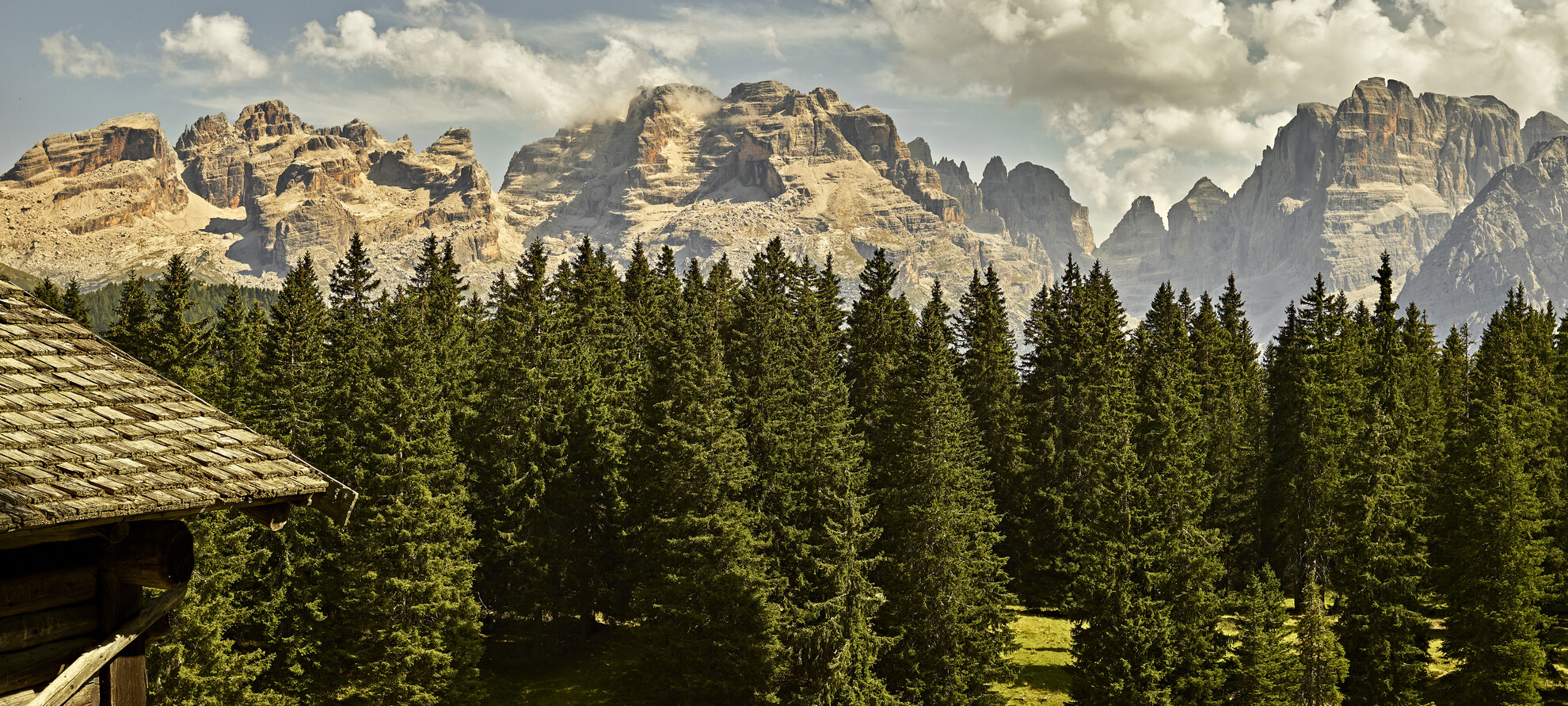Cammino di San Vili
A Trentino experience for everyone
In Trentino, the mountains are for everyone.
The Cammino di San Vili, in particular, is an experience that is also accessible to the visually impaired.
Once a year, in June, Natourism and AbilNova organise a group walking experience open also to blind and visually impaired people.
On this occasion, the route is adapted and accommodations are selected according to different accessibilities. The trail can be done in its entirety, or you can choose the stages that interest you most.
Experiencing the trail with a group of people gives you the opportunity to get to know the area and its nature together with those walking with you. You can thus build a shared memory, made up of all the voices that inhabit it.
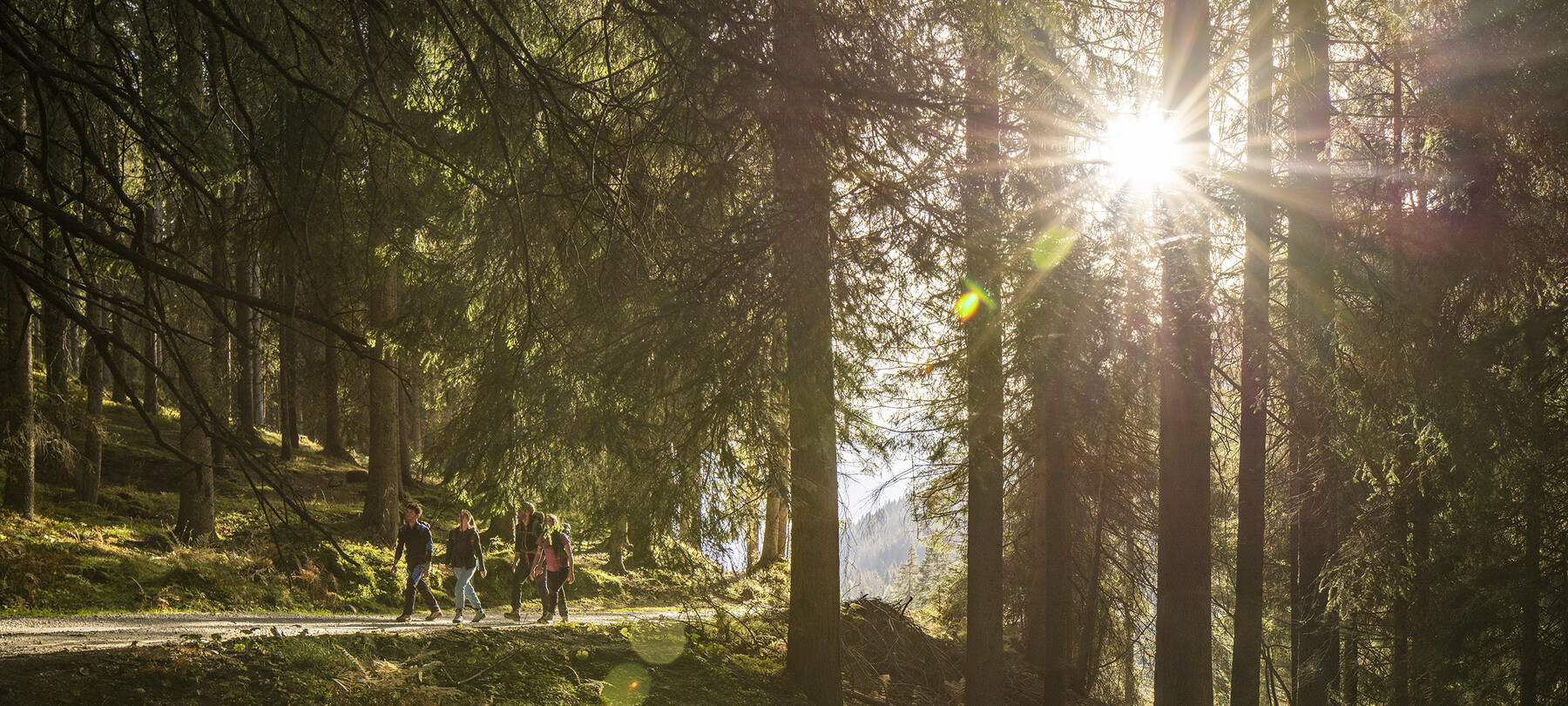
A slow walk
The Cammino di San Vili winds for 100 kilometres through sounds, scents and encounters that reveal the essence of the Trentino mountains. Passing through forests, sanctuaries and villages with a welcoming soul, every step tells the story of the territory it crosses.
The trail starts from Madonna di Campiglio and arrives in Trento for a total of six days of walking. It is a slow time, in which you can enjoy the fresh and pungent scent of the coniferous forests, listen to the subtle call of the woodpecker and fall in love with the herbaceous taste of local cheeses.
In addition to the classic route, there is a lower itinerary: it passes through the villages at the bottom of the valley and allows you to reach places of refreshment more easily.
Between memory and nature
The Cammino di San Vili retraces the route that Saint Vigilius, the patron saint of Trento, took to spread Christianity. Yet, the trail was not created as a pilgrimage, but as a living account of local memory. The Società degli Alpinisti Tridentini (SAT) conceived it as a way to connect small churches, shrines and villages once depopulated by the plague.
All around is nature, from the spruce forests at high altitude to the olive groves of the Valle dei Laghi.
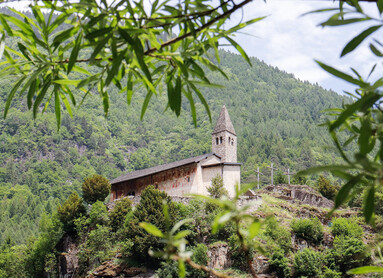
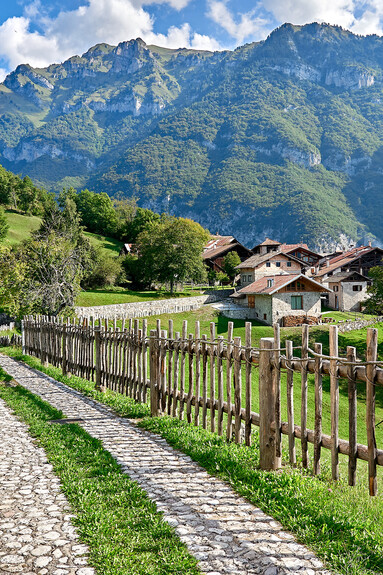
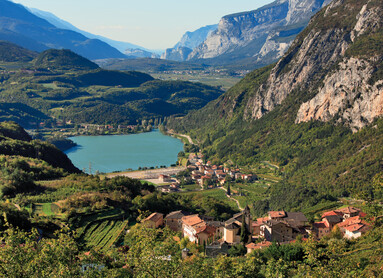
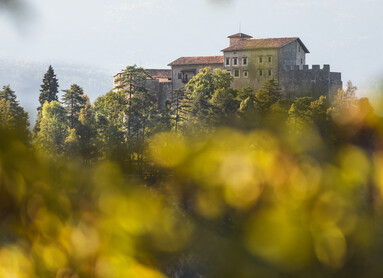
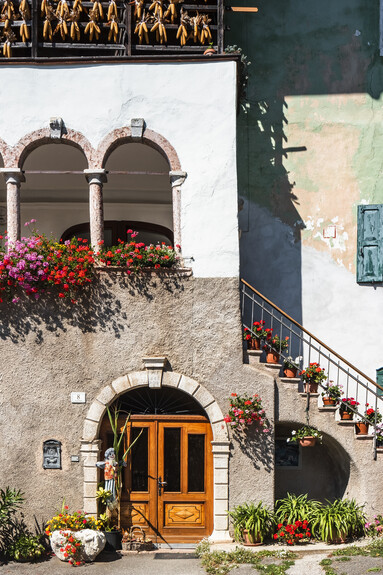
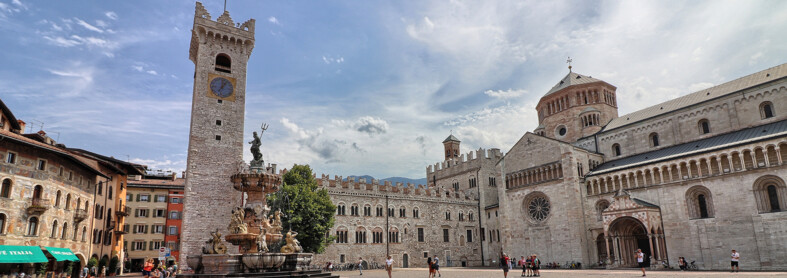
A sensory journey
Walking is a silent practice. To keep you company comes only the voice of nature, different in every season.
Among the coniferous and beech forests, you can hear the insolent voice of the black woodpecker or marvel at the sharp call of the hazelnut bird. On the valley floor, on the other hand, the whistling of the buzzard fills the air. And further on, as you walk, you will realise that the subtle cry of the titmouse in search of food resounds in the air.
Step by step, only the sounds and melodies of nature. The warmth of the sun on your skin, the scents of spring blossoms, of resin and damp shade in the heart of the woods, the smooth or jagged profile of the leaves.
And then, at last, when evening falls, the comforting taste of canederli and the spicy-sweet flavour of strudel, perhaps even ushering in the next day.
The Cammini di San Vili is a journey of the senses.
Let everything you encounter on the path tell you its story and intertwine with yours.
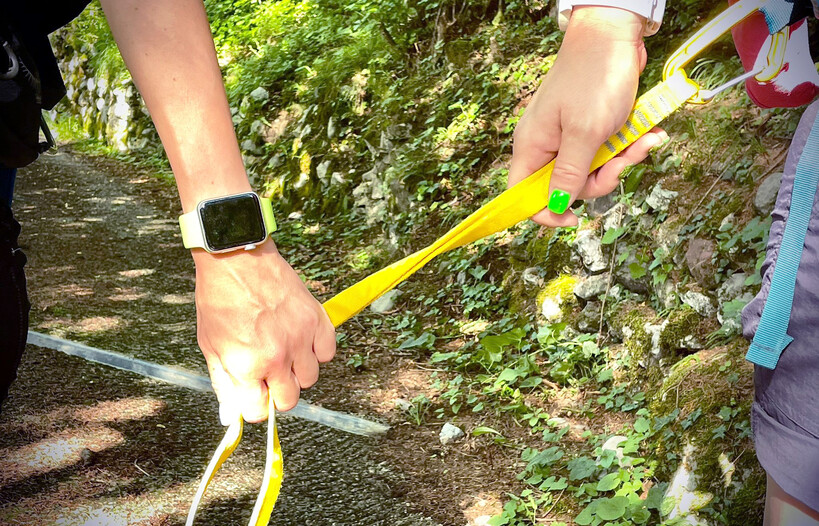
Cammino di San Vili
discover more
